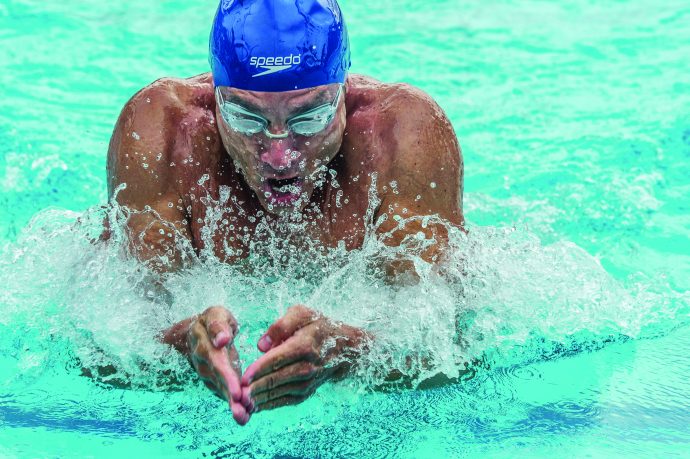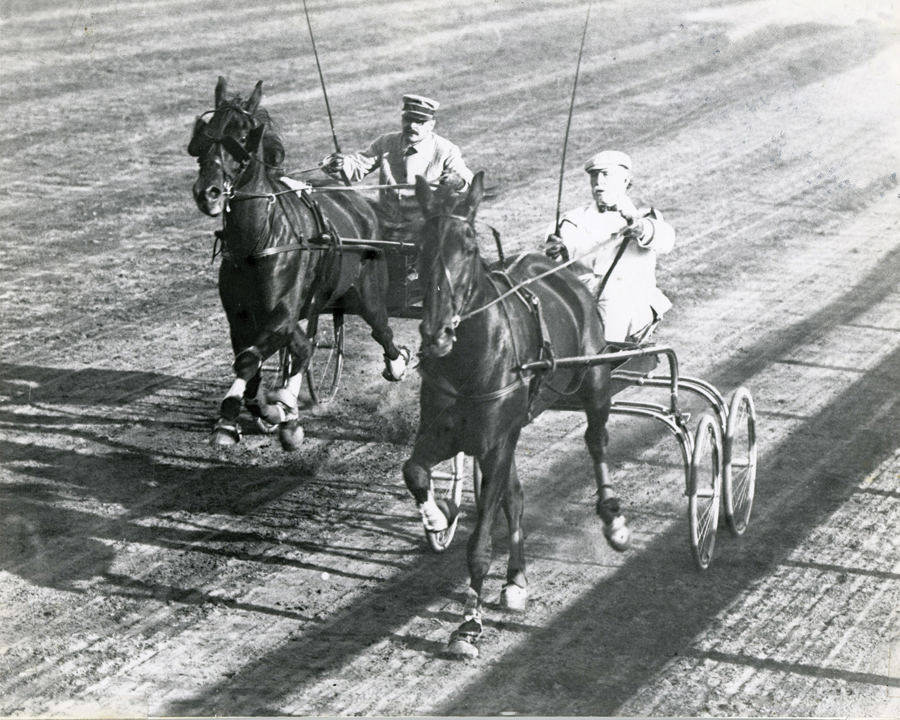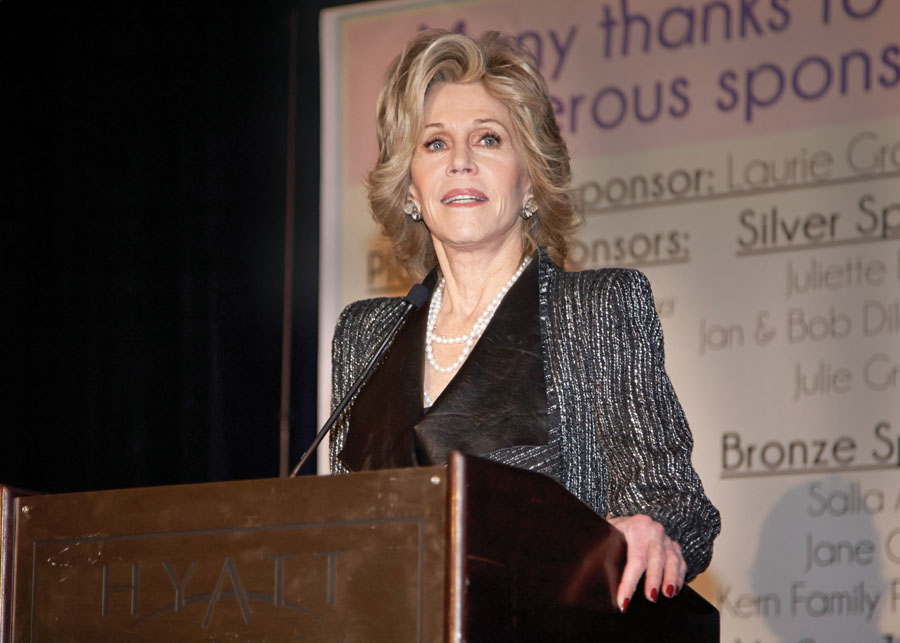It’s something of a paradox: The United States is to competitive swimming what the Netherlands is to speed skating – a juggernaut with gold-medal depth across myriad events. Yet once you get past the Michael Phelpses, Ryan Lochtes and Missy Franklins, a startling statistic emerges – 37 percent of adult Americans cannot swim the length of a 25-yard pool.
That statistic caught Rob Butcher short, which led him to start a campaign to have April proclaimed Adult-Learn-to-Swim Month. Butcher is executive director of U.S. Masters Swimming, a 44-year-old nonprofit based in Sarasota, Fla., with 60,000 members age 18 and over. These are mainly fitness swimmers (average age 45) who work out at 1,500 affiliated clubs nationwide. Members include sportswriter John Feinstein and TV journalist Lynn Sherr, author of “Swim: Why We Love the Water.”
Butcher – who competed in the 2000 U.S. Olympic team trials – wants to get those who remain resolutely poolside into the swim of things.
“And that’s why we launched the Swimming Saves Lives Foundation (in 2012) to generate awareness.”
To date, the foundation has gotten five states – Indiana, Maine, Nebraska, Vermont and Washington – to declare April as Adult-Learn-to-Swim Month. More proclamations are pending. Those proclamations help draw attention to some alarming statistics:
• Drowning is the fifth leading cause of unintentional injury death in the U.S.
• Ten people drown every day – eight of them adults.
• Nearly 80 percent of people who die from drowning are male. The drowning death rate among males (2.07 per 100,000 population) is approximately four times that for females (0.54).
• Each year nearly 4,000 people are victims of fatal drowning and more than 5,500 are treated in U.S. hospital emergency departments for nonfatal drowning.
• More than half of fatal and nonfatal drownings among those 15 years and older occur in natural water settings – including lakes, rivers and oceans.
• The percentage of drownings in natural water settings increases with age.
Yet why should this be when swimming is the fourth most popular sport or activity in the U.S.?
Butcher says our culture has a lot to do with it. Swimming is not widely taught in grade school – a time when it’s a lot easier to learn how to swim. A busy but sedentary lifestyle, parents who have no time to swim or never learned and lack of access to a pool and instructor, which is the best way to learn, compound the problem.
There’s also little tradition of swimming among some minority groups, which may be partly the result of little access to pools and swimming lessons. (The drowning death rate for African Americans is 9 percent higher than that of the overall population.) To counteract a lack of resources, the Swimming Saves Lives Foundation has awarded more than $70,000 in grants to 40 program partners for adult learn-to-swim classes.
Fear, of course, is another factor. U.S. Masters Swimming works with Miracle Swimming, another Sarasota organization, to help aquaphobes learn to swim and be “watersafe,” which Miracle Swimming defines as resting peacefully in deep water for 10 minutes.
Butcher estimates that with these efforts, 5,000 adults will learn to swim each year. As far as he’s concerned, that’s 5,000 lives saved.
“Our end goal,” he adds “is that once you learn how to swim, hopefully you’ll be able to continue to swim.”
For more on U.S. Masters Swimming, visit usms.org. And for more on Miracle Swimming, visit conquerfear.com.





